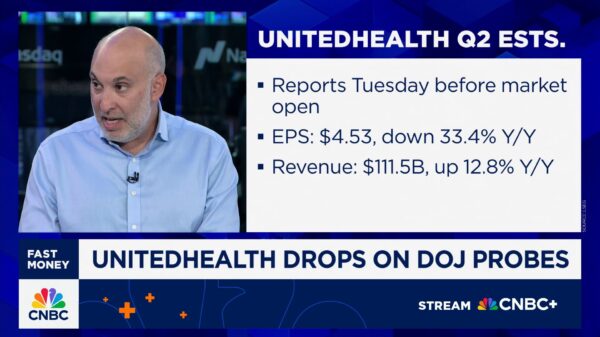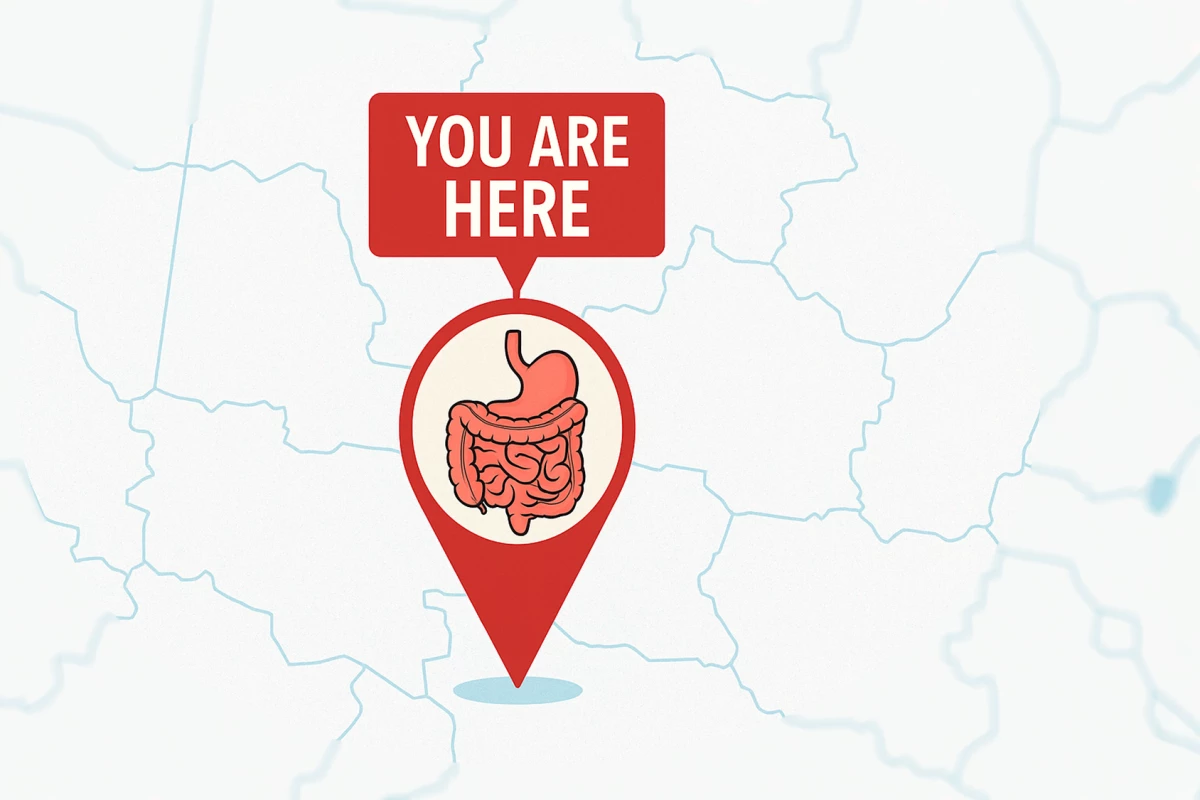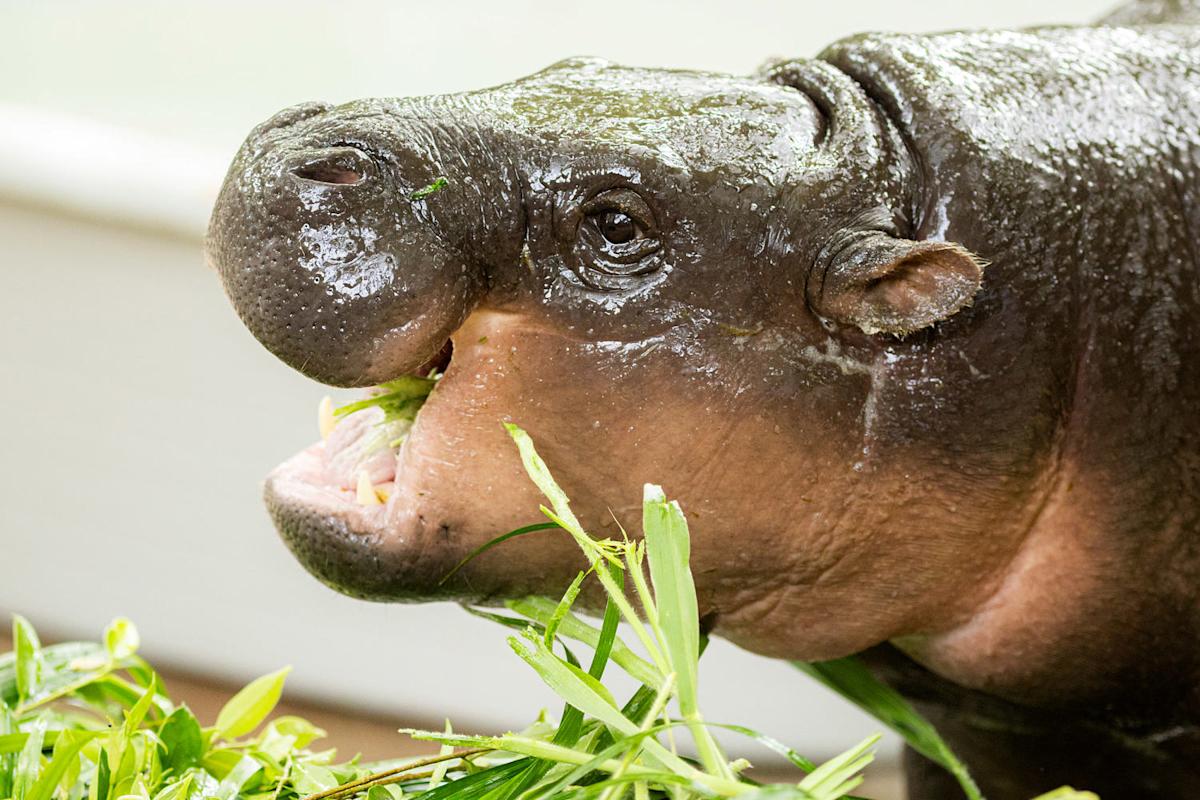A recent study has revealed that the gut microbiome can accurately predict an individual’s city of residence with an impressive 94% accuracy. Conducted by BGI Genomics, a precision medicine company based in China, the research demonstrates a remarkable connection between gut bacteria and geographic location, challenging previous assumptions about microbiota variability.
The study was led by Professor Li Tao from the Institute of Intelligent Medical Research (IIMR) at BGI Genomics. The findings suggest that gut microbiota not only reflects broader regional differences but can also indicate distinctions between people living in neighboring cities. “We found that even people living in neighboring cities have distinct microbial patterns,” Professor Tao stated, highlighting the significance of the research.
Researchers recruited 381 healthy Han Chinese adults from two cities in Hubei Province: Wuhan and Shiyan. Located approximately 500 km (310 miles) apart, these cities provided an ideal setting for examining the impact of local diets and environments on gut microbiome composition. All participants were free from major diseases and had not taken antibiotics for at least three months.
Fecal samples were collected and analyzed through shotgun metagenomic sequencing, allowing the team to identify 649 bacterial species and 515 metabolic pathways. Using machine learning algorithms, the researchers classified individuals based on their microbiota profiles, uncovering significant differences in microbial diversity and species composition between the two cities.
In Wuhan, the gut microbiome showed higher levels of Bacteroides stercoris, a bacterium known for its role in degrading complex carbohydrates and producing short-chain fatty acids (SCFAs) linked to various health benefits. In contrast, the Shiyan group had a dominant presence of Prevotella copri, which is similarly involved in dietary fiber breakdown and SCFA production.
While the study did not directly assess participants’ diets, the researchers suggested that the dominant food sources in each city likely influenced the microbiome composition. Residents of Wuhan, surrounded by wetlands, typically consume a diet rich in freshwater fish, lotus root, and leafy greens. In comparison, Shiyan’s dietary patterns are shaped by neighboring areas, with a preference for wheat-based meals and chili.
To enhance the prediction accuracy, the researchers developed a machine learning model that integrated 16 bacterial species and 12 city-specific metabolic pathways. This approach significantly outperformed models that relied solely on species or pathways, underscoring the unique microbiome “fingerprints” of closely located populations.
Despite its groundbreaking findings, the study does have limitations. It focused solely on two cities within one province, limiting the generalizability of the results. Additionally, the sample included more men than women, which could influence the outcomes. No dietary or lifestyle data were collected, factors that are pivotal in understanding regional microbiome differences. Moreover, the study did not track participants over time to evaluate the stability of these microbial signatures.
Nonetheless, the implications of this research are noteworthy. The ability to identify a person’s regional origin through gut microbiota could have practical applications in forensics and missing person investigations. Additionally, recognizing regional and sex-specific microbiota differences suggests that probiotics and dietary interventions could be tailored for enhanced effectiveness.
The study, published in the journal Frontiers in Microbiology, opens avenues for further exploration into how gut microbiome profiling, combined with machine learning, may aid in predicting disease risks and monitoring public health across geographic regions. As researchers continue to delve into the complexities of the gut microbiome, this study reinforces the profound link between our environment, diet, and health.































































